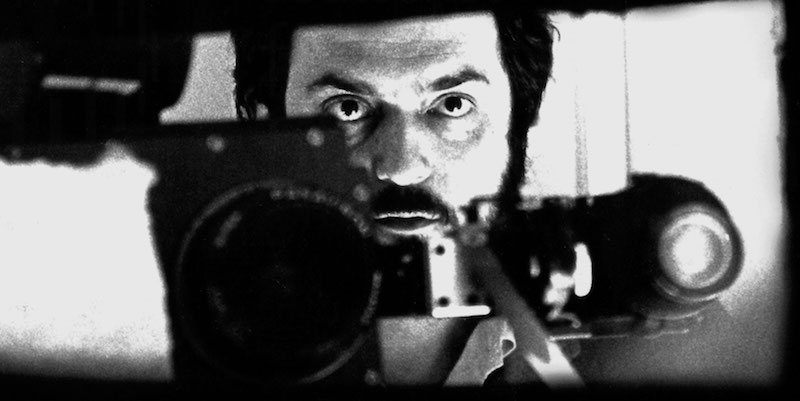
This issue of POVwinona will focus its critical lens on legendary film director Stanley Kubrick, looking first at his start in filmmaking, then examining his developing work in light of the theory of the director as auteur that was emerging at the same time.
With this analysis in mind, I look back at Kubrick’s first two films, Killer’s Kiss and The Killing, where a young photographer-turned-director established a detailed and meticulous process he would continue to repeat over the course of his career. Next, I examine Kubrick’s growth as a director with newfound challenges and respect in the industry in his studio films Paths of Glory and Spartacus. Working with star Kirk Douglas would help vault Kubrick into the upper echelon of filmmakers in the 1960s. Finally, Kubrick’s dissection of social satire would be a potent mix with his developed craft behind the camera and at the head of production in his Lolita and Dr. Strangelove or: How I Stopped Worrying and Loved the Bomb.
With six films in his first ten years (1955-1964), Kubrick established himself as a true auteur and brilliant filmmaker capable of crafting complex cinema that would reflect his unique style of visual storytelling.
In this issue:
- Killer’s Kiss and The Killing: Establishing Craft through the Conventions of Noir
- Paths of Glory and Spartacus: The Stars begin to Align
- Lolita and Dr. Strangelove: Social Reflection through Social Satire
Stay tuned for more when POVwinona looks at the latter half of Kubrick’s output in an upcoming issue.

Recent Comments